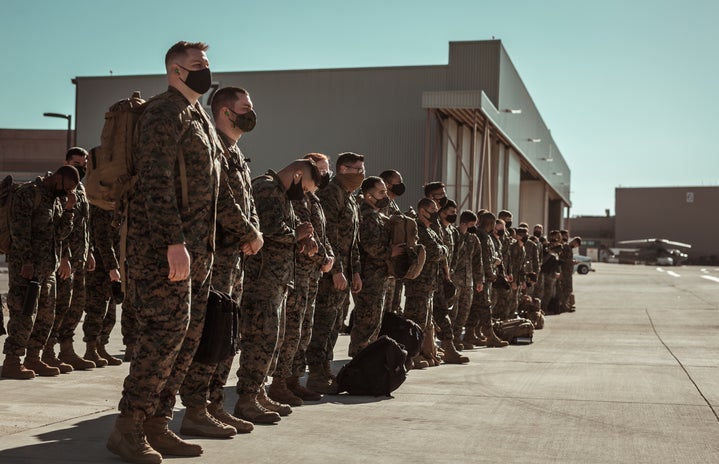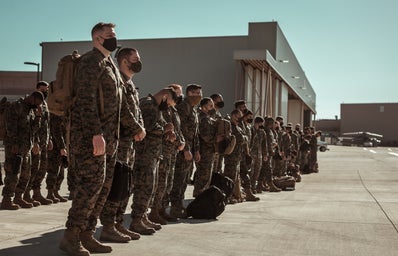The militant group ISIS incurred a loss this past week when a raid initiated by the U.S. killed leader, Abu Ibrahim al-Hashimi al-Qurayshi. Taking power in 2019 following the death of the former leader, Al-Qurayashi led ISIS and orchestrated attacks that killed thousands.
Once becoming the new leader, the U.S. set a ten million dollar reward for killing Al-Qurayashi.
How the raid was carried out
U.S. Special Forces, composed of two dozen helicopters, were sent to Al-Qurayshi’s location. While a tactic like bombing the area might have been safer for U.S. troops, this method was chosen to try and eliminate as many civilian casualties as possible. President Joe Biden explained this decision in a statement following the raid.
This wasn’t a light decision, however. Biden had this plan in the works for several months to gather intelligence and try to avoid any mistakes. The house Al-Qurayashi was believed to be living in was studied and mapped out so that the attack could be properly engineered.
In the end, Al-Qurayashi ended up setting off a bomb that killed himself, his wife and at least two of his children. This was triggered by the raid of the U.S. troops and ended up killing at least 13 others.
No U.S. Soldiers were killed during the process. Prior to the raid, U.S. Forces helped to evacuate individuals living on the lower floors of the home.
Upon arriving at Al-Qurayashi’s apartment, the troops were yelling in Arabic for the families, who were not associated with ISIS living in the building, to evacuate. Al-Qurayashi likely heard this which prompted the discharge of the explosives.
While Al-Qurayashi was the man in charge of ISIS, it is unknown how his death will affect the terrorist group. Unlike previous ISIS leaders, not much was known of Al-Qurayashi — as he rarely left his apartment.
In 2019, a similar situation played out when U.S. troops planned to kill the prior ISIS leader, Abu Bakr al-Baghdadi. When the troops raided where Al-Baghdadi was hiding, he detonated a suicide bomb vest.
Last month in Atmeh, an area quite close to where Al-Qurayashi lived, there was an attempt at a prison break. Most of the prisoners were ISIS fighters.
The fighting lasted about one week before Kurdish-led forces were able to get the prison back under control. Amongst the fighting, 14 suicide bombers and 200 ISIS fighters were involved. This incident killed hundreds of people.
As of now, the Syrian government has not commented on the attack. This is typical as in prior attacks, they seldom acknowledge events of this nature.
The strategies the U.S. tried to implement certainly reflect an effort to reduce civilian casualties, but this situation will be further evaluated to make future raids less deadly for non-targets.
This marks the second time the U.S. has used its military power to take out threatening terrorist leaders in the past three years. While this is a military success for the U.S., leaders of terrorist groups can be quickly replaced as we’ve seen from the past.
Sources:
https://www.nytimes.com/live/2022/02/03/world/us-raid-syria-isis


